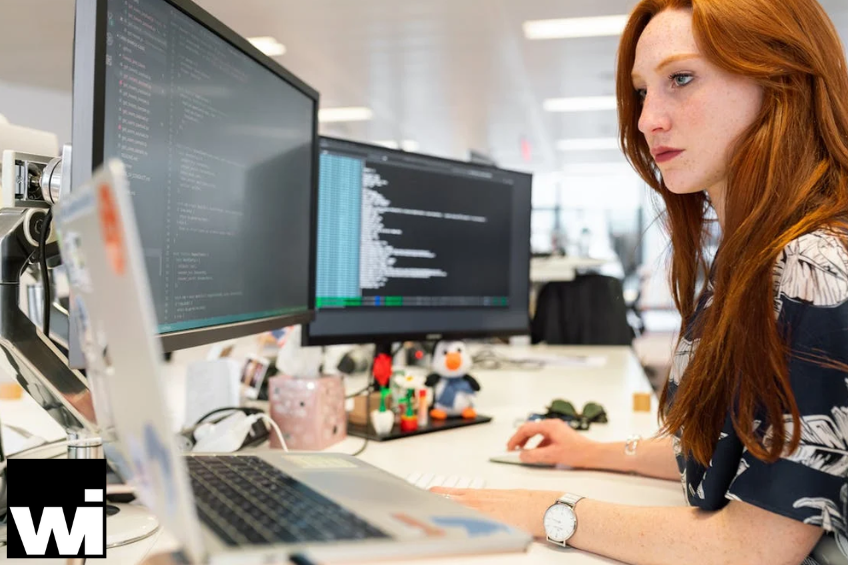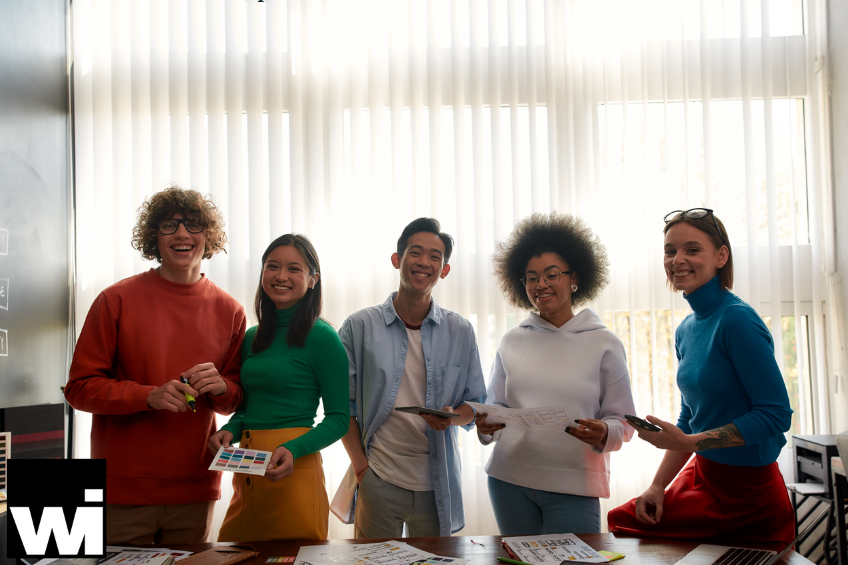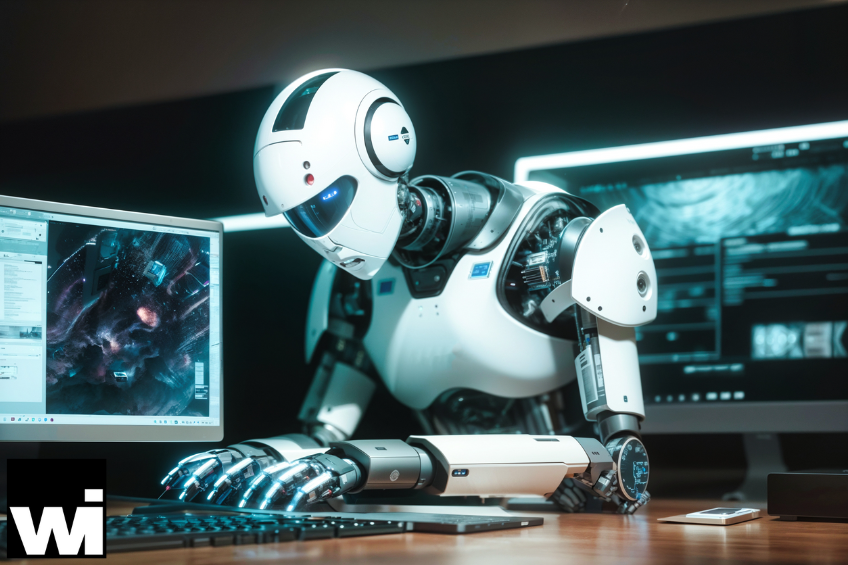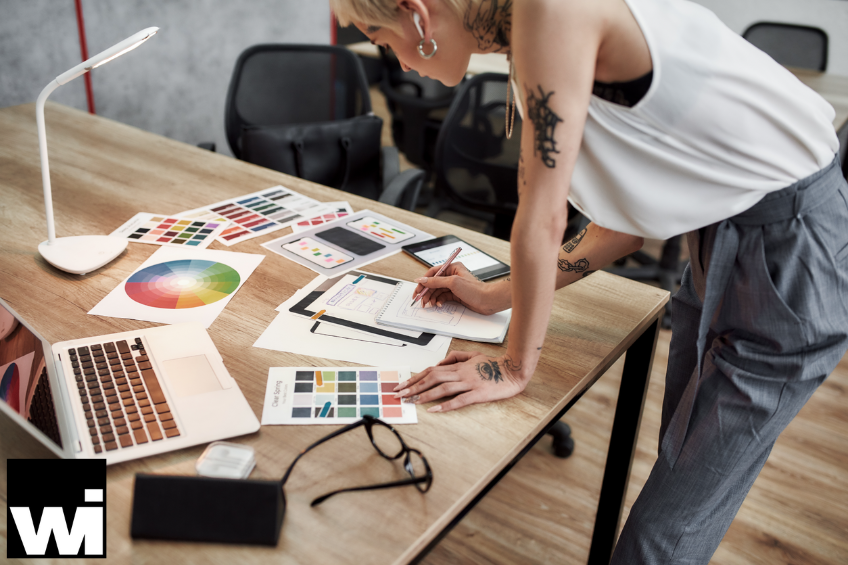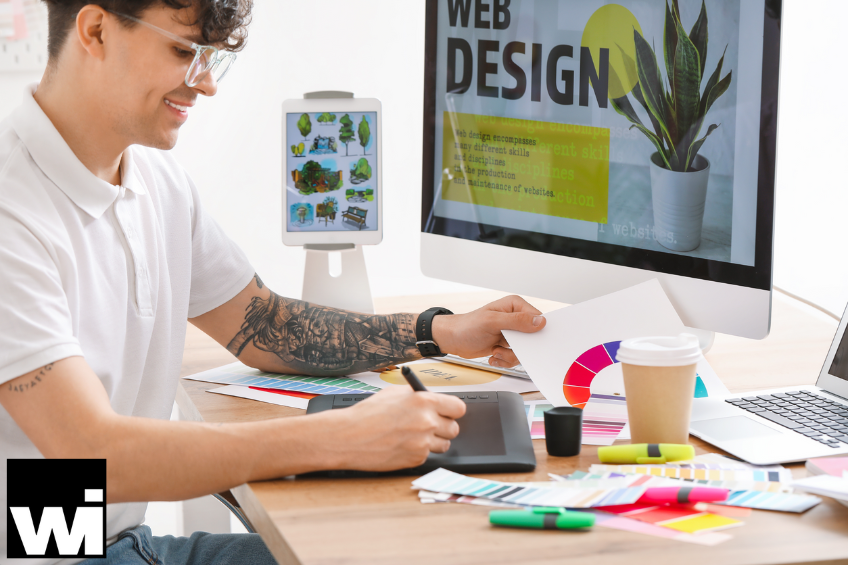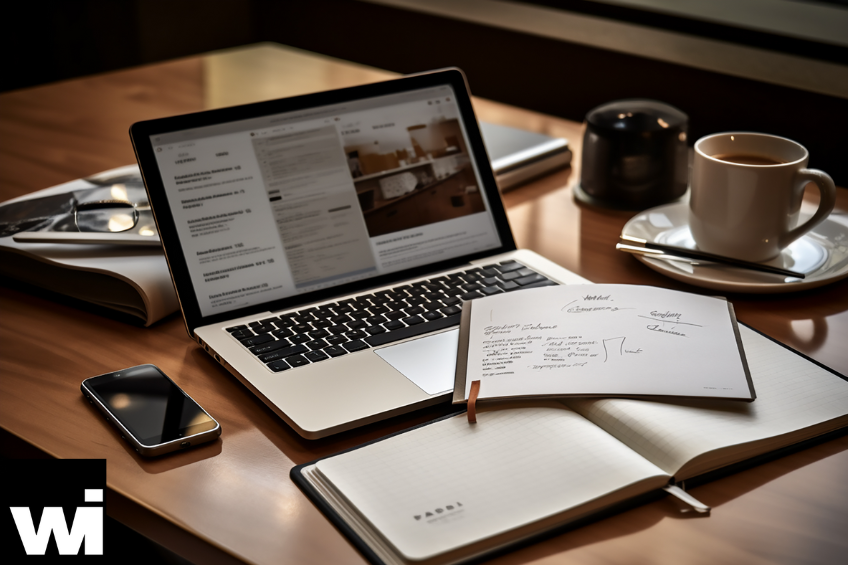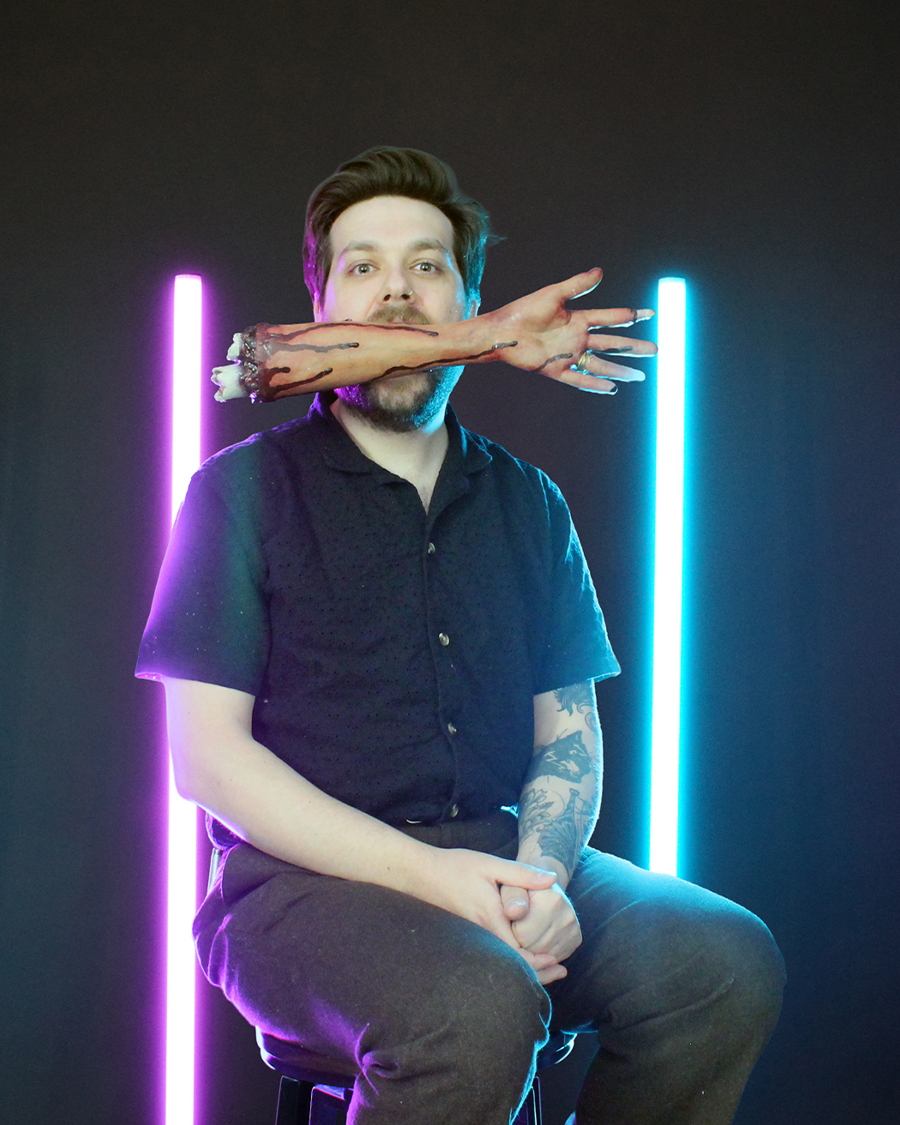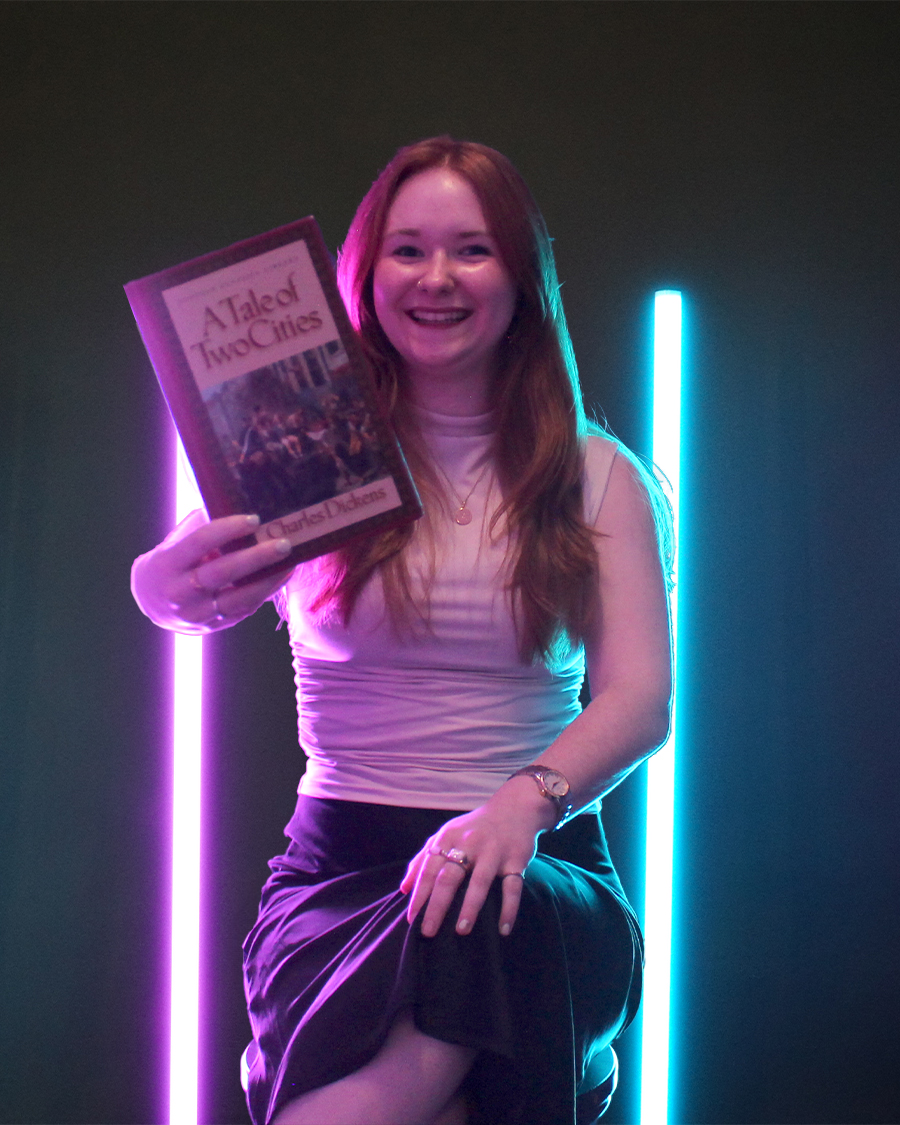My Website Is Down, What Do I Do?
You fire up your laptop, type in your company’s URL and… nothing. Blank screen. Spinning wheel. Maybe a “502 Bad Gateway” message that you weren’t expecting. Then it hits you. “My website is down.”
Now, you might be thinking:
“Did my domain expire?”
“Did I get hacked?”
“Is the universe mad at me?”
Good news: probably not. Bad news: something’s definitely wrong. Whether it’s a minor website error or your entire digital storefront decided to disappear, don’t worry—you’re not the first person to end up here, staring at a screen like it just personally betrayed you.
In this guide, we’re going to walk through what to check, how to fix it, and when it’s time to stop Googling “fix my website” and call in some actual help (hi, we’re Worcester Interactive, by the way).
Let’s get into it before the caffeine wears off.
What We’ll Cover:
- Don’t panic—yet
- Check with your hosting provider
- Verify your domain name
- Look for plugin problems or site errors
- See if you’ve been hacked
- Call someone who actually knows what they’re doing
- Key takeaways
- Get professional website support
1) Don’t Panic—Yet
Alright, first things first—take a breath. We know the panic sets in real fast: “My website is down! Oh my god, the internet is on fire, the leads are gone, my business is ruined, I’m going to have to start selling essential oils on Instagram.”
Relax. It might not be that deep. Websites crash for all kinds of reasons—some minor, some…less minor. Could be a hosting hiccup, a plugin gone rogue, or your domain just decided to take an unannounced vacation. Doesn’t mean the whole thing’s toast.
Here’s the deal: don’t start randomly clicking buttons or reinstalling things like you’re defusing a bomb in an action movie. That’s how you turn a tiny website error into a full-blown broken website with missing content, scrambled pages, and a support tech quietly muttering your name into a stress ball.
Instead, check a few basic things first:
- Is it just you? Use tools like Down for Everyone or Just Me to confirm it’s actually offline.
- Can you access the backend? Sometimes the front-end’s out cold, but your dashboard is still kicking.
- Did your hosting provider send you an email this morning that you ignored because you thought it was spam? Yeah, go check that.
2) Check With Your Hosting Provider
You’ve cleared your cache, restarted everything short of your microwave, and your broken website is still doing its best impression of a black hole. Now it’s time to play detective—and your first suspect is your hosting provider.
Because here’s the thing: sometimes it’s not you—it’s them.
Web hosting companies have the unfortunate habit of not telling you anything unless you go looking for it. They’ll be sipping coffee while your entire site is in a digital ditch.
So here’s what you do:
- Log in to your hosting dashboard. Look for any glaring red banners that say things like “Scheduled Maintenance” or “Unexpected Downtime” (which is basically code for “Oops, our bad”).
- Check their status page. Most reputable hosts (GoDaddy, Bluehost, SiteGround, etc.) have a public-facing status page where they’ll post about outages. If everything looks green there but your site is still toast, dig deeper.
- Contact support. Yes, this means opening a ticket or (gasp) using live chat. Tell them, “My website is down—what gives?” If you’re lucky, they’ll investigate. If you’re unlucky, they’ll blame your plugins and throw some server logs at you like that means something.
This is also where you figure out if your host actually offers decent website support or if they’re just a glorified domain storage locker with a chatbot named Sukhmandeep.
LEARN HOW TO REACH MORE CUSTOMERS IN YOUR AREA
3) Verify Your Domain Name
Alright, so your website error isn’t coming from your laptop. The hosting company swears it’s not them (which, sure, okay). Now it’s time to look at your domain. Sometimes your site’s down for the dumbest reason imaginable: you forgot to renew it.
Yeah. You paid for the custom URL, got real proud of it, slapped it on a few business cards—and then totally blanked when the bill came due. Happens more often than you’d think. You wouldn’t ignore your electric bill, right? Well, your domain name is the electric bill of your entire website.
Here’s what to do:
- Visit your domain registrar (GoDaddy, Google Domains, Namecheap, etc.).
- Log in and check your renewal status. If it says “expired,” congrats—you’ve accidentally ghosted your whole online presence.
- Make sure your DNS records are still pointed at your host. Even if your domain’s active, someone might’ve messed with your DNS settings. If your DNS is pointing to nowhere, your website’s basically floating in space, screaming into the void.
If this all sounds like Greek to you, that’s fine—you’re not supposed to know how the internet’s plumbing works. Just know that if your domain isn’t paid up or pointed correctly, your visitors are getting served a whole lot of nothing.
Pro tip: set your domain to auto-renew and save yourself from this chaos next time.
4) Look for Plugin Problems or Site Errors
So your domain’s live, your host says everything’s fine, and your site’s still acting like a diva. Time to look under the hood—because it might be a broken website thanks to some rogue plugin that decided to go full kamikaze on your homepage.
Especially if you’re running WordPress, this happens all the time. One minute, everything’s working. Next thing you know, your site’s blank, throwing cryptic messages like “fatal error on line 68” or “500 internal server error.” Translation? Something’s broken, but it’s not being polite enough to say what.
Common culprits:
- A plugin update went sideways (or two plugins got into a fistfight behind the scenes)
- A bad theme update (because who doesn’t love redesigning your site by accident?)
- Custom code written by someone totally unqualified (Fiverr and Upwork are not always the answer)
Here’s how to investigate:
- Access your site via your host’s file manager or SFTP.
- Temporarily disable your plugins one by one (rename the plugin folder to deactivate it).
- Check if the site comes back online. If it does, boom—you found the troublemaker.
If you’re not sure how to do any of this, no shame—just call someone who does. It’s like trying to fix a leaking roof. You can YouTube it… or you can just hire someone who knows what they’re doing.
5) See If You’ve Been Hacked
Okay, let’s say you’ve rebooted the whole operation, your host swears up and down they’re not the problem, and your plugins are sitting quietly in time-out. What now?
Well… bad news. Your site might be compromised.
Yeah, we know. Sounds dramatic. But if your homepage suddenly looks like a Russian spam factory or it’s redirecting visitors to a sketchy crypto casino in Belarus, you’re not dealing with a simple website error anymore. You’ve got a full-blown broken website and it’s time to take it seriously.
Here are a few classic signs you’ve been hacked:
- Your site’s redirecting to somewhere you’ve never heard of (and probably wouldn’t visit on purpose).
- You’re getting weird pop-ups or ads that scream, “CONGRATS! YOU’VE WON!” (You haven’t. Trust me.)
- Your browser throws up red warning screens that basically say, “Turn back now. This website is cursed.”
If any of that’s happening, stop what you’re doing and call in the pros. Don’t try to DIY your way out of a cyberattack unless you enjoy digging through lines of malicious PHP injected into your files like digital termites. This is when website support goes from “help me fix my website” to “please save my reputation.” If you’ve been compromised, you need to act fast before more damage is done.
GET REAL ADVICE FROM LOCAL MARKETING EXPERTS
6) Call Someone Who Actually Knows What They’re Doing
At some point, you’ve gotta accept reality: this is not your area of expertise. You’ve cleared your cache, unplugged the router, talked to your hosting provider’s chatbot (twice), and now you’ve lost hours to unhelpful Google searches and misleading AI overviews.
Let’s cut the nonsense.
If you’re still stuck and your next move is either crying or setting your laptop on fire, it’s time to bring in reinforcements. Call someone whose job is literally website support. Like us. This is what we do—debugging, restoring, patching, securing, calming you down, so on.
Don’t waste your day poking around your site’s backend like you’re defusing a bomb. Just let someone who knows what an SSL certificate actually does take care of it.
And hey, when you’re up and running again? Maybe it’s time to get some real support in place—maintenance, monitoring, the works. Because the next time your broken website throws a tantrum, wouldn’t it be nice to have someone who can take it off your plate?
Key Takeaways
Alright, here’s the recap—because let’s face it, your brain is fried from trying to figure out what “DNS propagation” means.
- Websites break. It’s not just you. Everyone’s had a broken website at some point.
- Don’t panic—unless you built your entire site in 2008 and haven’t touched it since. Then maybe panic a little.
- Your hosting provider might be the problem. Or the solution. Either way, check in.
- DNS issues are like postal delays for the internet. Confusing and slightly rage-inducing.
- Plugins and themes: the “IKEA instructions” of website maintenance. One wrong move and the whole thing collapses.
- When in doubt, call someone who actually does this for a living.
If your first instinct was to type “fix my website” into Google, good news—you found us.
Worcester’s Most Reliable Web Support Team
At Worcester Interactive, we’ve seen it all: the WordPress meltdown at midnight, the vanishing contact form, the e-commerce site that decided to peace out during a sale. Helping small businesses get back online isn’t just what we do—it’s part of who we are. And we’re not some faceless tech bros in a skyscraper; we’re right here in the Woo, elbows-deep in code and caffeine.
So the next time you need break-fix support, remember—you don’t have to do it alone. Reach out, and let’s get your site back on its feet… preferably before your boss or customers find out.
Connect with Us
You can find us on Facebook, LinkedIn, and Instagram @WorcesterInteractive.
About Worcester Interactive
Worcester Interactive is an award-winning, full-service digital marketing company in Worcester, MA, specializing in responsive web design, search engine optimization (SEO), digital advertising, and social media marketing. We build stunning, responsive websites and online marketing campaigns for businesses looking to grow their online presence. We’ve built a reputation for tackling challenging projects that require a creative content strategy, thoughtful design, demanding development, and interactive web marketing.


